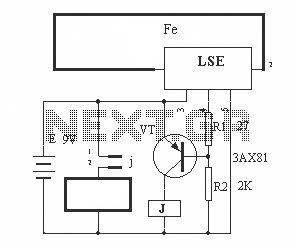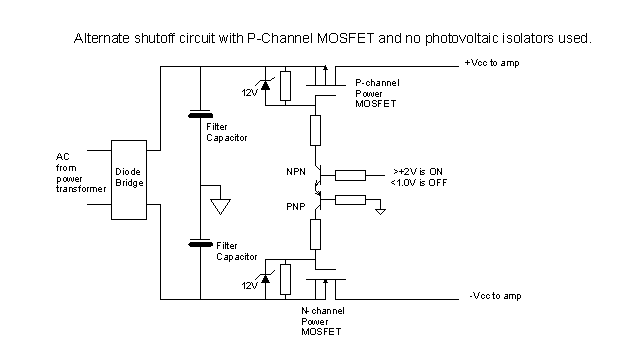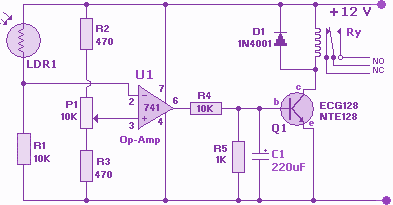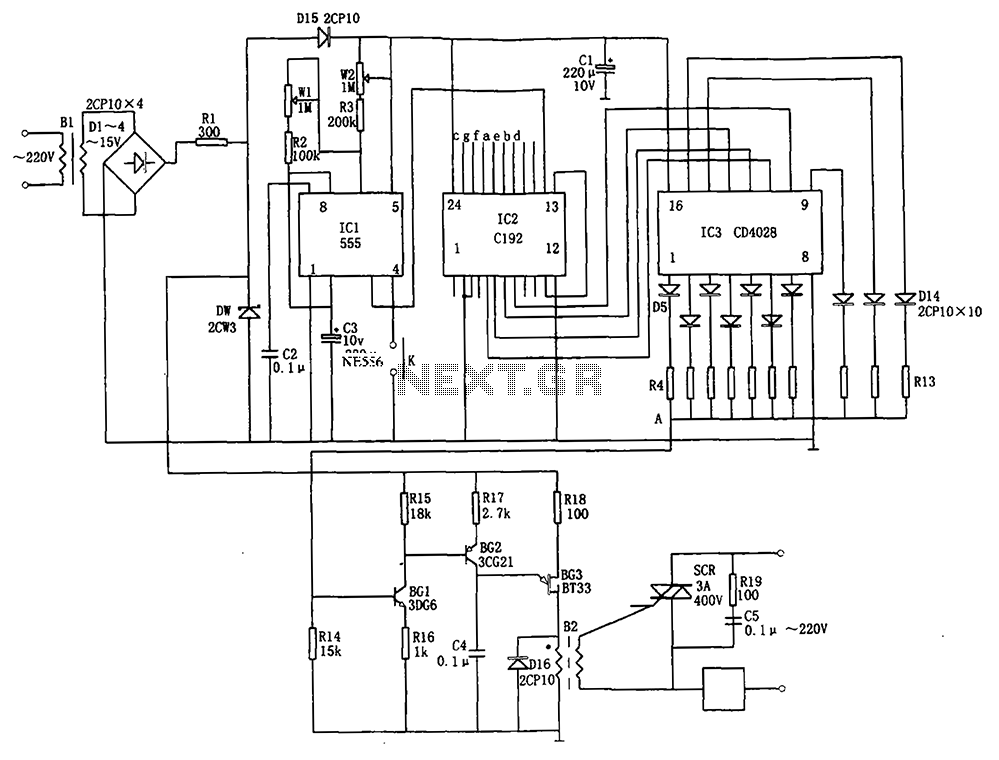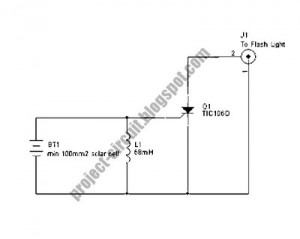
7806IC For Automatic Battery Charger Circuit DIagram
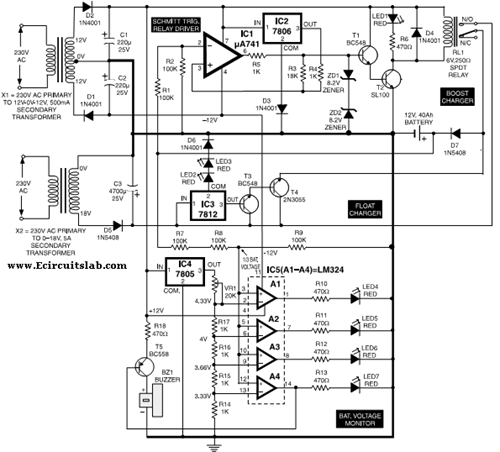
This circuit illustrates the use of the 7806 IC in an automatic battery charger circuit diagram. It is designed for a car battery with an approximate rating of 40 Ah.
The automatic battery charger circuit utilizing the 7806 integrated circuit (IC) is designed to provide a stable output voltage suitable for charging a 12V lead-acid battery commonly found in automobiles. The 7806 IC is a voltage regulator that outputs a fixed 6V, which can be advantageous for charging applications when configured appropriately.
In this circuit, the 7806 is connected to an AC to DC power supply, which converts the mains voltage to a lower DC voltage. This DC voltage is fed into the input pin of the 7806. The output pin of the IC is then connected to the battery, enabling it to charge effectively. To ensure proper operation, it is important to include filtering capacitors at the input and output of the 7806 to stabilize the voltage and minimize ripple.
Additionally, a diode is typically placed in parallel with the battery to prevent reverse current flow when the charger is not in operation. A current-limiting resistor may also be included to protect the circuit from excessive current draw, especially during the initial charging phase when the battery voltage is significantly lower than the output voltage of the charger.
Thermal considerations are crucial in this design, as the 7806 can dissipate heat during operation. A heat sink may be necessary to prevent the IC from overheating, especially when charging a battery that is deeply discharged.
Overall, this circuit design effectively utilizes the 7806 IC to create a reliable automatic battery charger suitable for car batteries, ensuring safe and efficient charging under various conditions.This circuit shows about 7806IC For Automatic Battery Charger Circuit DIagram . Features: designed for a car battery (about 40 Ah rating), used .. 🔗 External reference
The automatic battery charger circuit utilizing the 7806 integrated circuit (IC) is designed to provide a stable output voltage suitable for charging a 12V lead-acid battery commonly found in automobiles. The 7806 IC is a voltage regulator that outputs a fixed 6V, which can be advantageous for charging applications when configured appropriately.
In this circuit, the 7806 is connected to an AC to DC power supply, which converts the mains voltage to a lower DC voltage. This DC voltage is fed into the input pin of the 7806. The output pin of the IC is then connected to the battery, enabling it to charge effectively. To ensure proper operation, it is important to include filtering capacitors at the input and output of the 7806 to stabilize the voltage and minimize ripple.
Additionally, a diode is typically placed in parallel with the battery to prevent reverse current flow when the charger is not in operation. A current-limiting resistor may also be included to protect the circuit from excessive current draw, especially during the initial charging phase when the battery voltage is significantly lower than the output voltage of the charger.
Thermal considerations are crucial in this design, as the 7806 can dissipate heat during operation. A heat sink may be necessary to prevent the IC from overheating, especially when charging a battery that is deeply discharged.
Overall, this circuit design effectively utilizes the 7806 IC to create a reliable automatic battery charger suitable for car batteries, ensuring safe and efficient charging under various conditions.This circuit shows about 7806IC For Automatic Battery Charger Circuit DIagram . Features: designed for a car battery (about 40 Ah rating), used .. 🔗 External reference

